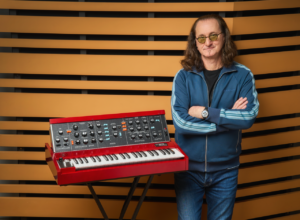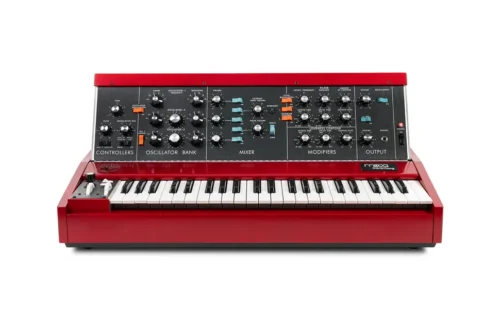AI-Generated Works Are Public Domain, Court Affirms
The U.S. Court of Appeals for the District of Columbia Circuit ruled on March 18th, 2025 that works generated by AI, without human involvement, are not eligible for copyright protection under U.S. law.
Computer scientist Stephen Thaler argued that his ‘Creativity Machine’ created the painting on its own, and tried to copyright it. The US Copyright Office rejected it, and their decision was affirmed by a lower federal court.
Now, a federal appeals court has affirmed that decision, ruling that art created by artificial intelligence cannot be copyrighted, saying that at least initial human authorship is required for a copyright. The decision is based on the Copyright Act of 1976, which the court said was based on human authorship. Many provisions of the act are based on the idea of human authorship, like copyright lasting for 70 years beyond the author’s death.

The image A Recent Entrance To Paradise is public domain, because it was generated by AI and does not have a human author.
This affirms how copyright applies to AI-generated works. Under current law, content produced entirely by AI immediately enters the public domain, allowing unrestricted commercial use. Works can be copyrighted if they are authored by a human that provides ‘meaningful input’, and AI is just used as a tool.
The decision has interesting implications for musicians:
- AI-generated audio is public domain, meaning that it can be sampled and used to create original works.
- Music that’s created by a musician can be copyrighted, even if they use AI-powered tools for things like effects, mixing and mastering.
- If you use AI-powered tools to create music, without providing ‘meaningful input’ and control over the results, you can’t copyright it. What level of creative control is needed to meet this bar is still a gray area.
The ruling affirms US Copyright Office guidance from 2023 on AI-generated works.
What do you think about the use of AI tools in music-making? Share your thoughts in the comments!







